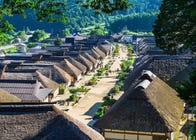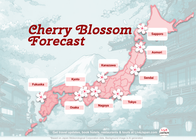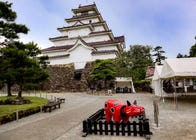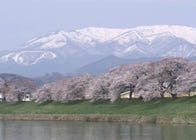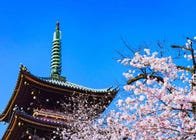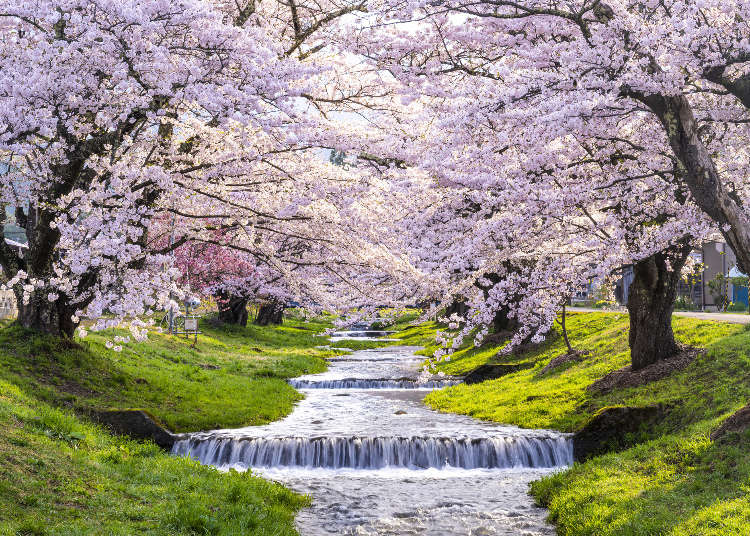
In Japan, spring comes with a sense of starting anew. In Japan, schools, businesses, and it is even said that new romances all start in the spring during a time when nature awakens from its winter slumber in a vibrant display of blossoms and greenery.
Located in the northern Tohoku area, a region visited by less than just over 1% of international visitors, escape the crowds and take the path less traveled in Fukushima. This spring, come and see just how marvelous Fukushima can be.
(Main image: PIXTA)
Getting to Fukushima
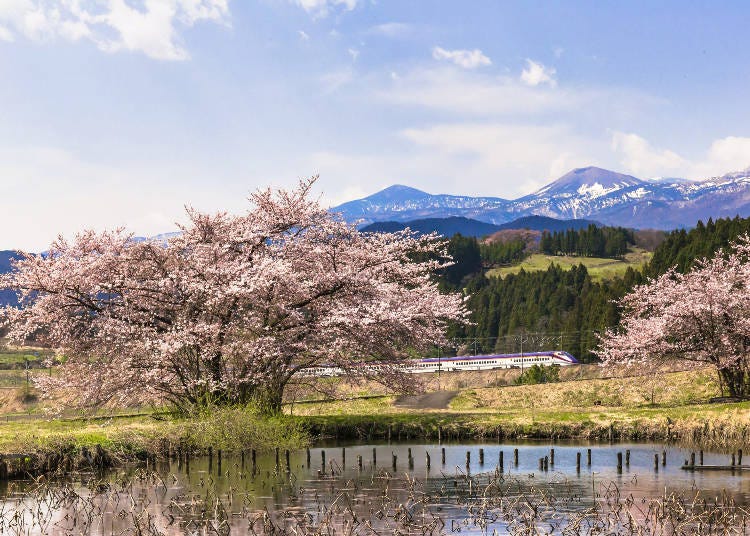
From Tokyo Station, Fukushima Station is just over 90 minutes on either the Tohoku or Yamagata Shinkansen. (See here for directions.) However, if you are heading to Koriyama, another major city and central travel hub, it takes around 1 hour and 20 minutes via Tohoku-Hokkaido Shinkansen or Yamagata Shinkansen lines from Tokyo.
Using Koriyama Station as a base, there are buses and connecting trains that will take you all around the prefecture to popular destinations such as Aizu Wakamatsu, Kitakata, Fukushima, and Iwaki.
The journey is covered under the JR Pass and JR East Tohoku Area Pass.
Getting Around Fukushima
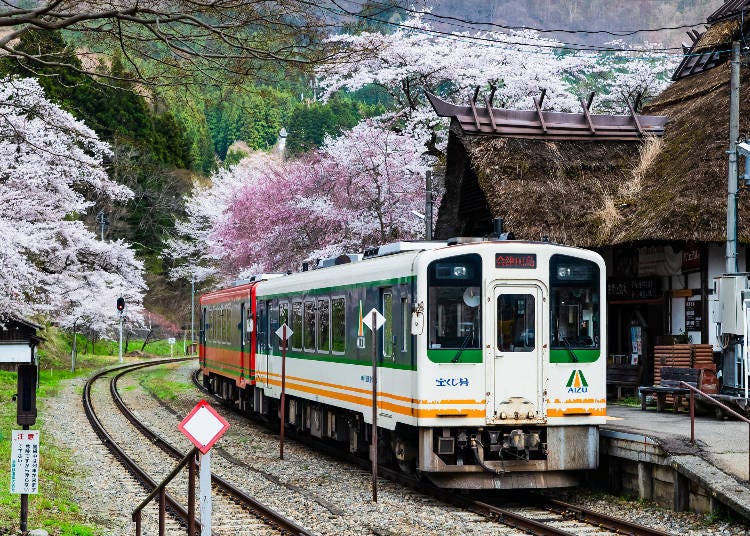
In terms of land area, Fukushima is actually the third largest prefecture in Japan and so distances between towns and attractions can be longer than what you would expect. While cities like Aizu Wakamatsu have a city Loop Bus that makes sightseeing and spending a day in Aizu-Wakamatsu a breeze, local towns and rural destinations may have limited transportation that requires adequate planning in advance.
For this reason, many travelers to Fukushima opt to rent a car as to make the most of their limited time in Fukushima and see as much as they can without being limited to the public transportation system.
When is Cherry Blossom Season in Fukushima?
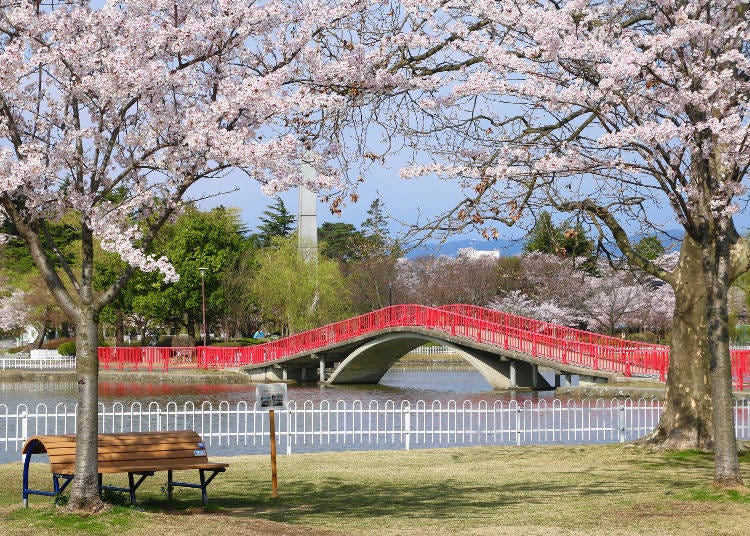
Fukushima is located in the northern part of Honshu, the mainland of Japan, and hence, the cherry blossoms will bloom later here than in Kyoto, Osaka, or Tokyo. Although the exact date that the cherry blossoms will bloom can vary year-to-year, in 2024, the expected start date for the pink petals is April 3rd, with the peak bloom coming in around April 10th.
Typically, the cherry blossoms last around two weeks, however, under the right weather conditions, at high altitudes, and in more northern parts of the prefecture, you may even be able to see sakura here and there, even at the start of May.
The best places in Fukushima to see cherry blossoms
With 13,780 km² of land area to explore, limiting the list of the best places to see sakura in Fukushima has been a challenge. No matter where you go, nature will not disappoint and the memories you make doing hanami in Fukushima will last a lifetime!
1. Tsurugajo Castle (Aizu-Wakamatsu)
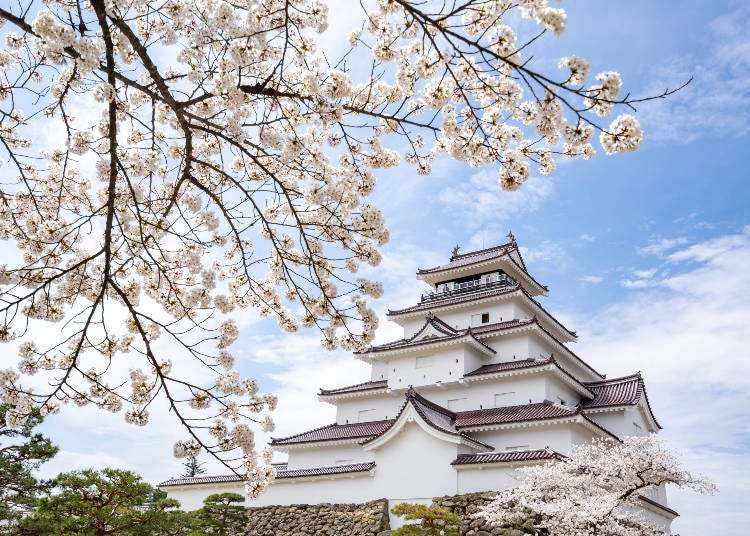
In spring, Tsurugajo Castle and its surrounding castle park come alive with the delicate hues of approximately 1000 cherry blossom trees, adorning the castle walls and grounds with a vibrant display of nature's beauty. While the gentle screen of the cherry blossoms laced across the bold white facade of the castle gives off an air of calm, historically, Tsurugajo Castle is also known as the site of one of the most tragic tales in samurai history.
In 1868, the Tokugawa shogunate faced its downfall, culminating in the Boshin War's end in 1869 and the restoration of imperial rule. Triggered by political and social discontent, the war saw the Aizu Domain, loyal to the Tokugawa, sending its troops into battle. The Byakkotai was a reserve group of young men between the ages of 15 and 17 who were charged with protecting Aizu while the main troops fought at the front line. When a fire broke out at the castle, however, the young men mistakenly believed their castle to have fallen, and they committed ritualistic suicide rather than being captured by the enemy.
Their sacrifice symbolizes the true meaning of samurai loyalty, and their memory is remembered amidst this picturesque setting of Tsurugajo Castle in the spring. As you explore the castle grounds, unwind at the traditional Japanese tea house nestled within the castle walls, or take a leisurely stroll through the tranquil park surroundings and reflect on how different the castle is now versus back then.
-
Tsurugajo Castle鶴ヶ城
- Address 1-1 Otemachi, Aizuwakamatsu, Fukushima 965-0873
・Hours: Open daily, 8:30 AM - 5 PM
2. Nicchu Line Weeping Cherry Blossoms (Kitakata)
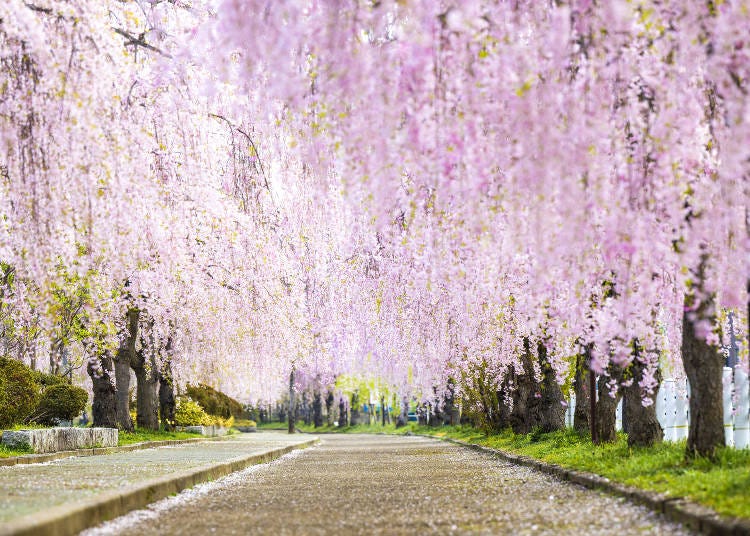
Once a bustling train route, the Niccu Line has been reimagined and transformed into a 3 km path, offering a scenic journey through the best that Kitakata that can either be enjoyed by cycle or as a leisurely stroll. While the train tracks have been retired, remnants of the steam train era still linger, evoking nostalgia for visitors as you traverse through a historic journey. Alongside the path, a majestic sight unfolds with 1000 weeping cherry trees adorning the route, their supple branches reaching down to greet passersby.
There are three main places to rent cycles near the Niccu Line: Tour Base Kitakata, Folk Art Akutagawa, and Sato Bicycle Rental Shop. Of the three, only Tour Base Kitakata accepts advanced reservations in English, so if you want to guarantee that you get a bike during peak season, it is recommended that you contact them in advance.
-
Nitchu Line Weeping Cherry Blossoms日中線記念自転車歩行者道
- Address Taishido, Kitakata, Fukushima 966-0000
3. Miharu Takizakura (Miharu)
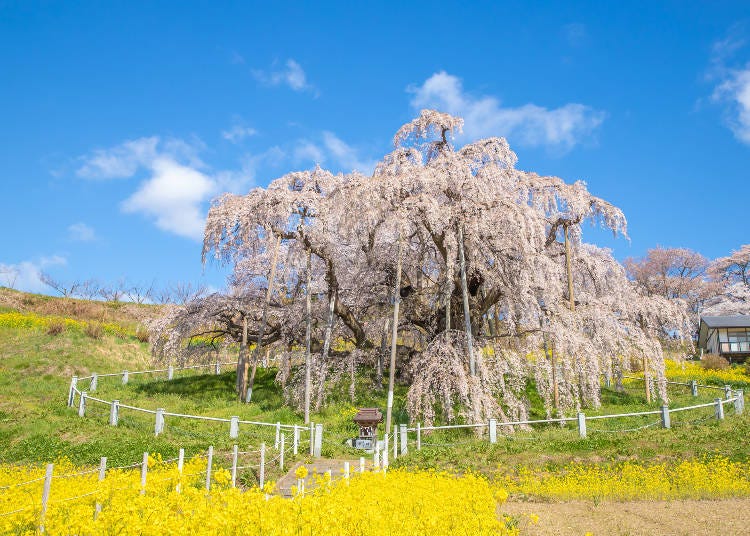
The Takizakura tree in Miharu is a mesmerizing sight, renowned as one of the Three Great Weeping Cherry Blossom Trees of Japan, this natural marvel has even earned the prestigious title of a national treasure With an estimated age of around 1000 years, the tree stands at approximately 12 meters tall and sports a girth of 9.5 meters across, its cascading cherry blossoms create a breathtaking spectacle, draping the surroundings with a vibrant canopy of flowers, with some branches fanning out over 20 meters. Aptly named the 'Cherry Blossom Waterfall' in English, the Takizakura tree captivates visitors with its enchanting beauty and timeless elegance.
During the high season, it is not unusual for there to be a line of excited sakura fans, all queued up to pay their respects to, and take a picture with the tree. However take this as a chance to make friends with the locals and spread that cherry blossom cheer!
-
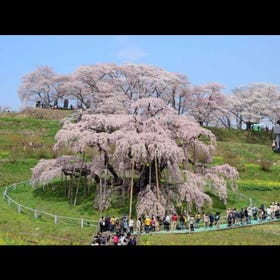
-
Address
Sakurakubo, Taki, Miharu-machi, Tamura-gun, Fukushima, 963-7714
View Map -
Nearest Station
Miharu Station (Ban-etsuto Line)
15 minutes by bus
- Phone Number 0247-62-3690
-
Address
Sakurakubo, Taki, Miharu-machi, Tamura-gun, Fukushima, 963-7714
4. Hanamiyama Park (Fukushima City)
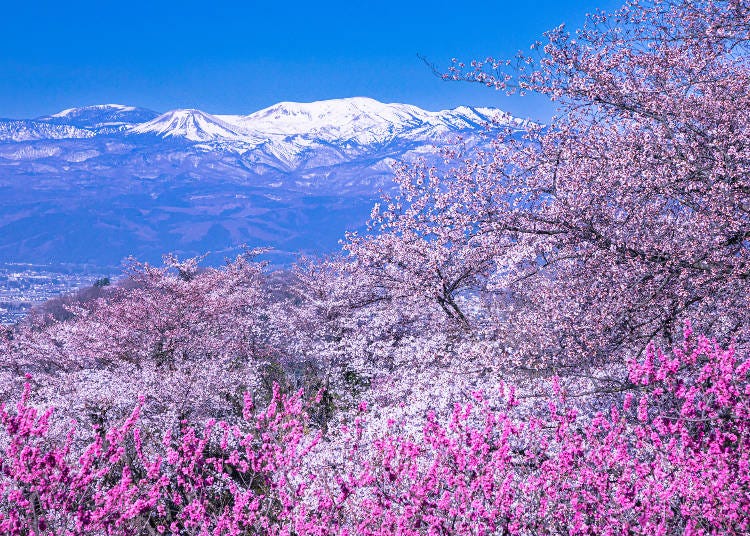
Have you ever loved something so much that you wanted to share it with the world? In 1959, a local silkworm farmer by the name of Isejiro Abe, and his son Ichiro, felt that the beauty of their land and the charm of the cherry blossoms was so great, that they graciously opened their breathtaking garden to the public, transforming it into the picturesque Hanamiyama Park.
This delightful sanctuary offers a sensory feast during spring when over ten varieties of blossoms burst into bloom, painting the park in a kaleidoscope of rosy hues. Against the backdrop of the snow-capped Azuma mountains, the juxtaposition of white peaks and colorful blooms creates a scene reminiscent of paradise.
If you pay the park a visit in the spring, it’s not common to see the son, Ichiro, greeting visitors and sharing his profound devotion to his slice of heaven with the world. There are several walking courses throughout the park, and one can easily lose track of time as you wander endlessly through the gardens.
-
Hanamiyama Park花見山公園
- Address Watarihara, Fukushima City, Fukushima 960-8141
・Hours: Open daily, 7 AM - 6 PM
・Admission: 500 yen requested (only in cherry blossom season)
5. Kannonji River Cherry Trees (Kawageta)
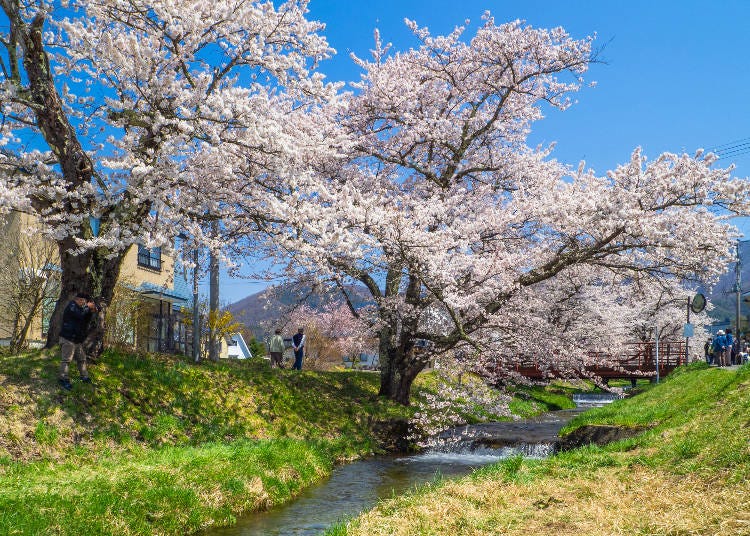
Just a stone's throw away from civilization lies a picturesque 1-kilometer long path tracing the tranquil banks of Kannonji River. Come springtime, this pathway undergoes a stunning metamorphosis into an otherworldly tunnel adorned with cherry blossom trees, creating a bewitching canopy of delicate pink blossoms.
Renowned as one of Fukushima Prefecture's most beloved cherry blossom viewing spots, the Kannonji River offers a serene ambiance, where the gentle flow of the river harmonizes with the petals cascading down into the water like a snowstorm, painting a scene of unparalleled beauty.
With approximately 200 cherry trees gracing both sides of the river, visitors can tantalize their taste buds with delectable treats from local street vendors, exclusive to the cherry blossom season. As dusk descends, the illuminated trees cast a spellbinding glow, transforming the river into a magical dreamscape, beckoning visitors to return and revel in its enchanting beauty once more.
-
Kannonji River Sakura観音寺川の桜並木
- Address Kawagishi, Inawashiro-cho, Yama-gun, Fukushima 969-2663
6. Kasumigajo Castle Park (Nihonmatsu)
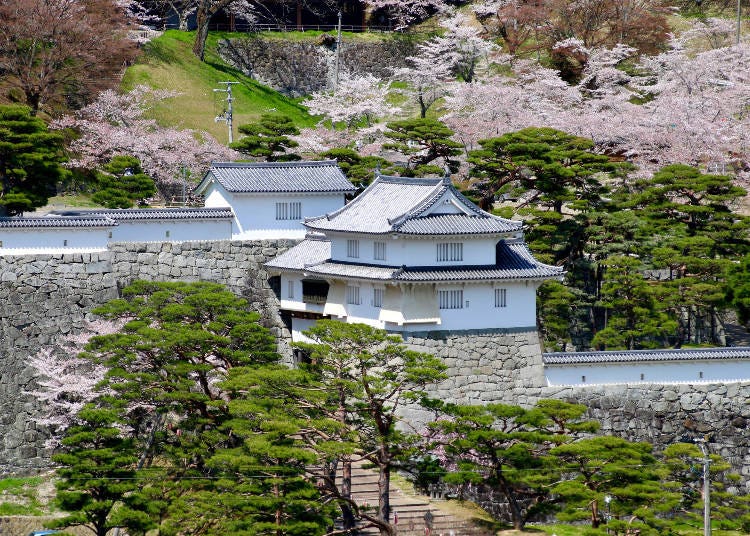
Constructed in 1643 under the leadership of Mitsushige Niwa, the first feudal lord of the Nihonmatsu Domain, Nihonmatsu Castle stood as a bastion of power over a vast territory of pristine land so beautiful, it was worth going to war for and even giving one’s life for.
When the Boshin War broke out in 1868, everyone wanted to do their part to protect the land that they called home. Although technically the minimum age that men were allowed to serve in the army was 14, the Nihonmatsu Clan introduced a new system where boys as young as 12 could join the reserve army known as the Shonentai Youth Corps so that they, too, serve their homeland.
However, as the imperial forces swiftly advanced, breaching the flanks of Nihonmatsu's defenses and encroaching upon the castle with overwhelming numbers, the young boys aged 12-17 begged to join the frey, and all 62 members tragically laid down their lives for the land that they loved.
Today, the castle's remnants have been transformed into a prefectural natural park, where ancient stone walls stand as silent witnesses to bygone eras. The park's seasonal allure, during spring, captivates visitors with a mesmerizing display of nature's splendor as over 1,700 cherry blossom trees envelop the surroundings in a soft haze of blossoms, earning Nihonmatsu Castle its moniker "Kasumigajo" or "castle in the mist."
-
Kasumigajo Castle Park霞ヶ城公園
- Address 3 Kakuuchi, Nihonmatsu-shi, Fukushima 964-0904
7. Kaiseizan Daijingu Shrine (Koriyama)
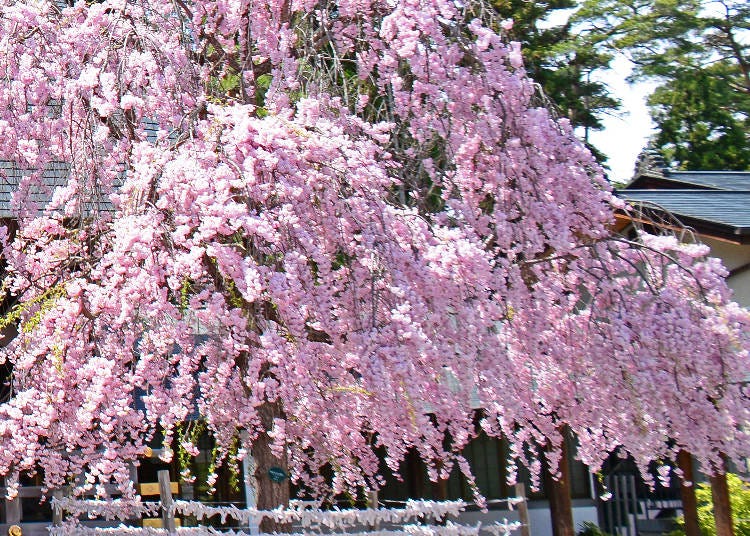
Ise Grand Shrine in Mie Prefecture is considered the holiest shrine in Japan as it is devoted to Amaterasu-Omikami, the goddess of the sun. While the Japanese government recommends that all citizens make a spiritual pilgrimage to the Ise Grand Shrine at least once in their life, for those up north, the journey can be quite far, which is why a division of Amaterasu is venerated in Kaiseizan Daijingu Shrine up in Koriyama City.
Situated in front of Kaiseizan Park in Koriyama City, the shrine reveres not just the goddess of the sun but also Emperor Jimmu, the legendary first emperor of Japan according to Japanese mythology, and Toyouke-Ōmikami, the benevolent deity presiding over agriculture and industry in Shinto tradition.
In the spring, cherry blossoms elegantly frame the shrine and people come to pray for a blessed year ahead. The nearby park has over 1,300 cherry blossom trees and it is believed that one of Japan's oldest Somei Yoshino Cherry Blossom trees, planted in 1896, calls the park home.
-
Kaiseizan Daijingu Shrine開成山大神宮
- Address 3-1-38 Kaisei, Koriyama, Fukushima 963-8851
・Hours: Open daily, 9 AM - 5 PM
8. Sasahara River Senbonzakura (Koriyama)
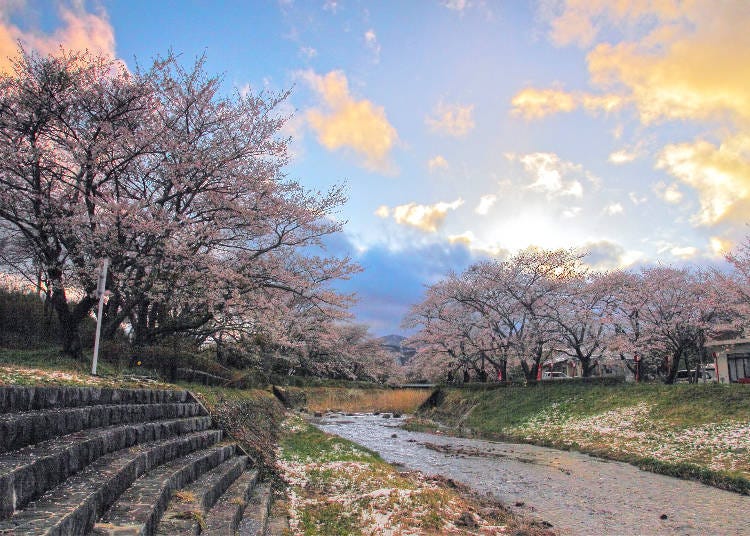
Fukushima is well-versed in pulling beauty from disaster. In the 1950s, residents around the Sasahara River repeatedly found themselves the victim of intense flooding, devastating homes and making the area around the river uninhabitable. Rather than giving up and turning their back on their homeland, the local residents got together and painstakingly planted over 1,000 Yoshino cherry blossom trees along the river bank to protect the place that they called home.
Now, more than 70 years later, each year when the cherry blossoms return in the spring, we are reminded of the true meaning of resilience and that there is beauty in fighting for what you hold dear.
At night, lanterns illuminate the riverside, and a sakura festival is held to regale us in the boisterous atmosphere of people celebrating life, laughter, and love.
-
Sasahara River Senbonzakura笹原川千本桜
- Address Maeda-31 Mihotamachi Shimomoriya, Koriyama, Fukushima 963-0124
9. Benishidare Jizo-zakura (Koriyama)
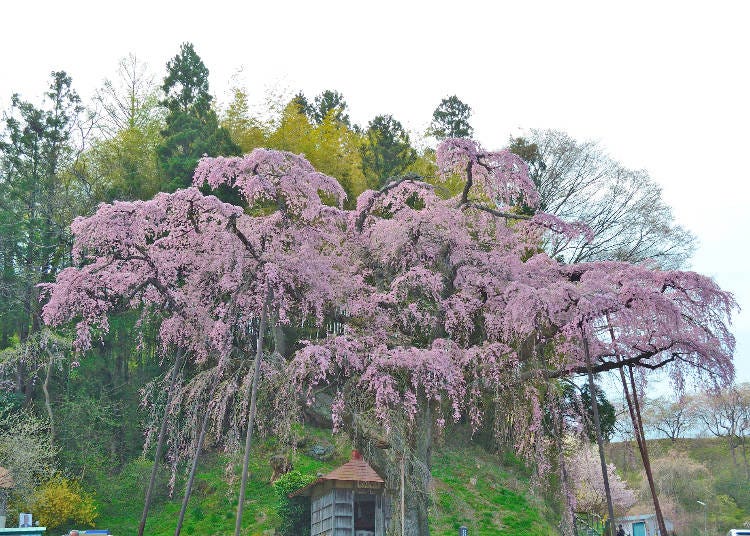
Although the Miharu Takizakura is inarguably the most famous cherry blossom tree in Fukushima at over 1,000 years old, the Benishidare Jizo-zakura is playfully referred to as her daughter at just 400 years young. This youthful beauty is known for having a distinctively red hue and is carefully coiled around a small Buddhist Temple dedicated to Jizo Bosatsu.
In Buddhist practice, Jizo Bosatsu holds a significant role as the guardian of the vulnerable, namely children, expectant mothers, firefighters, and travelers. However, his most solemn duty is safeguarding deceased children, including those lost through miscarriage, abortion, or stillbirth. According to folklore, Jizo compassionately shelters these departed souls within his robes, shielding them from evil forces and guiding them toward spiritual salvation.
All around Japan, Jizo Statues adorned with red caps and cloaks stand guard to protect those we have lost, and with its crimson hues, the Benishidare Jizo-zakura tree weeping over the small shrine bears Jizo's likeness and thus is tasked with the same role.
-
Benishidare Jizo-zakura延命地蔵尊・紅枝垂地蔵桜
- Address Okanouchi-212 Nakatamachi Konomezawa, Koriyama, Fukushima 963-0836
10. Miyagawa Senbonzakura
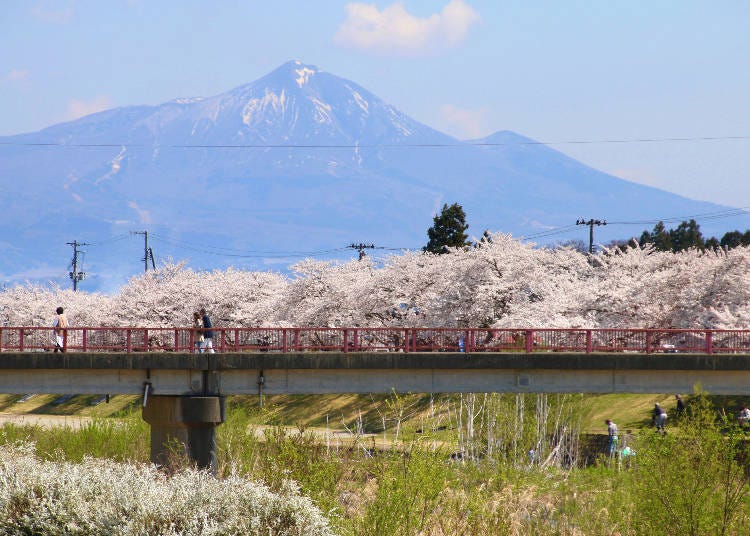
Tucked away and heralded as one of the 100 famous mountains of Japan, Mount Bandai stands as a towering symbol of the natural beauty and the pride that the people of Fukushima feel for their prefecture. While the majestic stratovolcano commands attention year-round with snow-capped peaks, verdant greenery, and flaming foliage, spring is truly a captivating season to see the mountain in all its glory.
The Miyagawa River is a little-known hidden spot cherished by locals with a charming riverside park that offers respite from the chaos and stress of daily life. The 1,000 cherry blossoms lined up against the backdrop of a bridge and Mt. Bandai glazing down at us is a site enjoyed by far too few, and it reminds us that no matter how fast life may fly, the quiet moments of serenity are what makes it all worth it.
-
Miyagawa Senbonzakura宮川の千本桜
- Address Nakagawa-1 Shimohori, Aizumisato, Onuma District, Fukushima 969-6263
Is Fukushima a good place to see cherry blossoms?
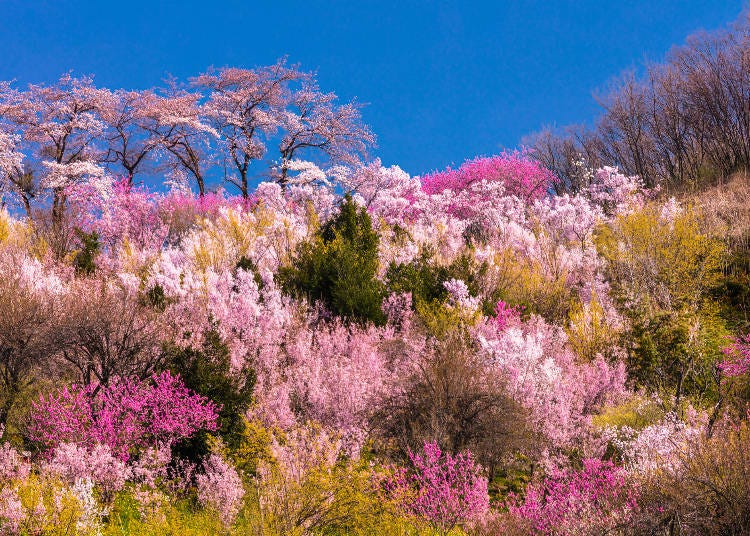
When it comes to travel destinations, Fukushima may not be the first place you’d think to see the cherry blossoms in the spring. But if the trials and turbulence of Fukushima’s past have taught us anything, it's that no matter how harsh the winter, come spring, the sakura will bloom again.
Written by:
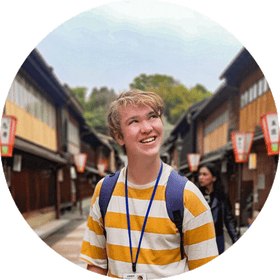
- Area
- Category
*Prices and options mentioned are subject to change.
*Unless stated otherwise, all prices include tax.
Limited time offer: 10% discount coupons available now!
Recommended places for you
-
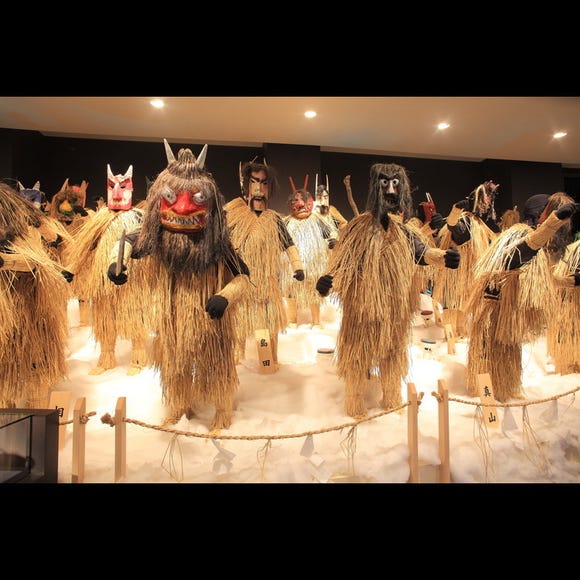
Namahage Museum
Other Museums
Surrounding Areas Of Akita
-
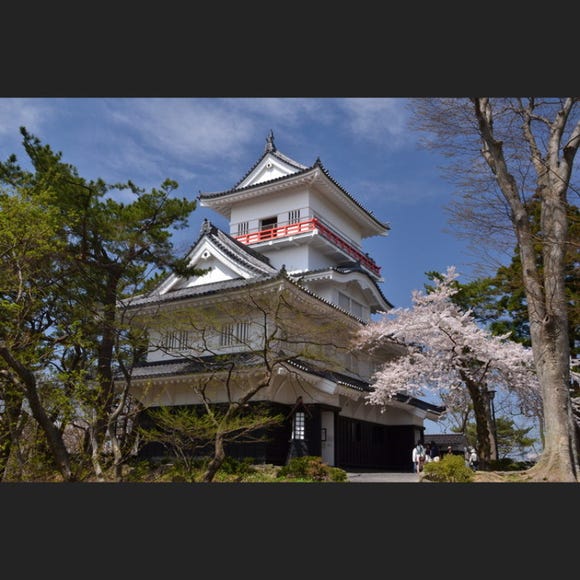
Senshu Park
Parks
Surrounding Areas Of Akita
-
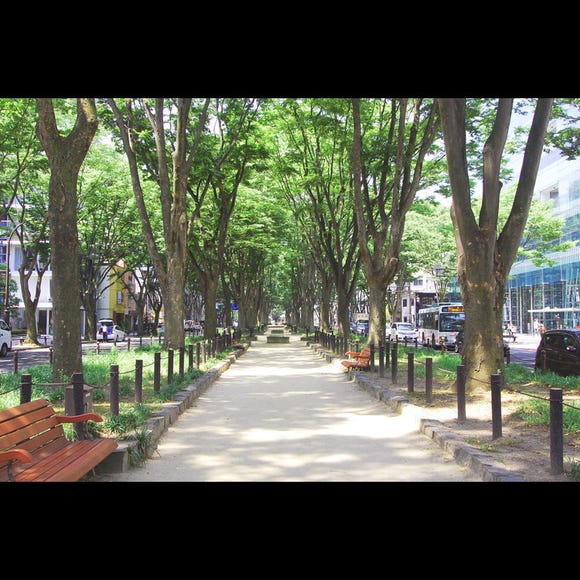
Jozenji Street
Other Townscapes
Sendai And Matsushima
-
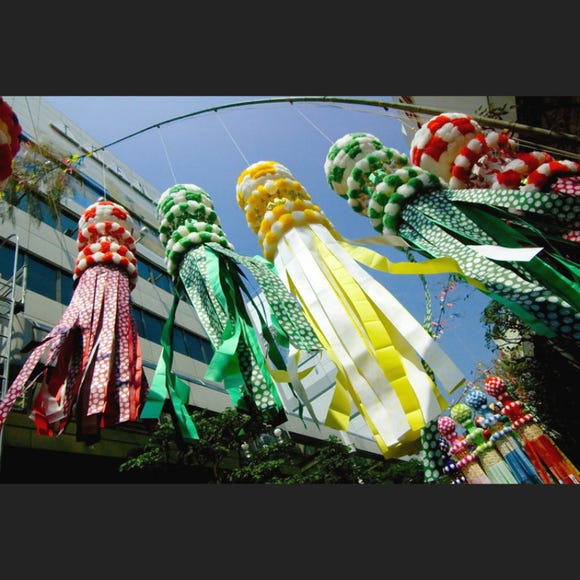
Sendai Tanabata Festival
Japanese Festivals (Matsuri)
Sendai And Matsushima
-
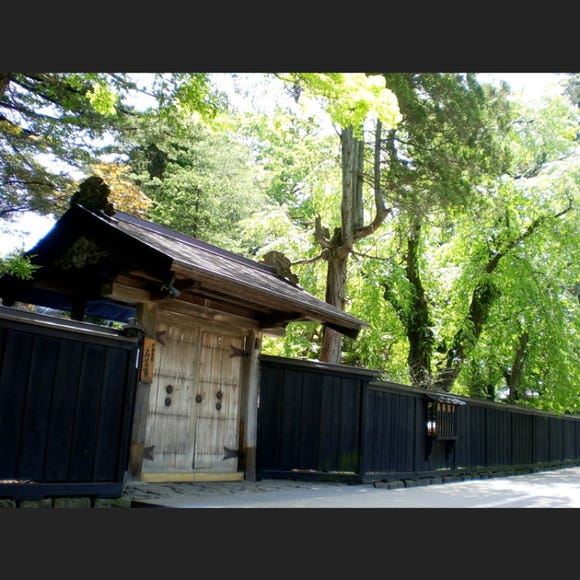
Ishiguro Samurai House
Historical Places
Surrounding Areas Of Akita
-
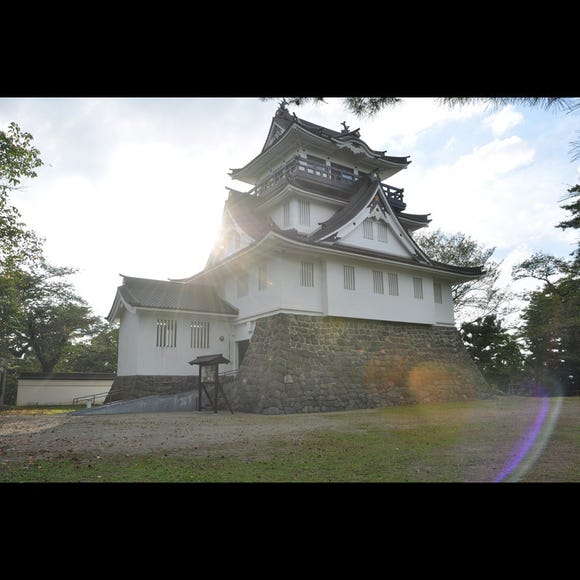
Yokote Park
Parks
Surrounding Areas Of Akita
-
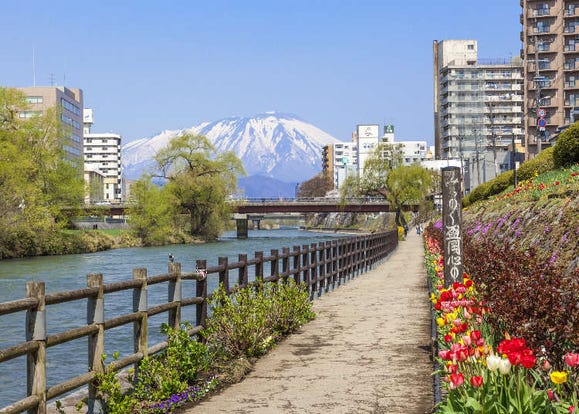
19 Best Things to Do in Morioka: See, Eat, and Shop Your Way Through Iwate's Capital City
-
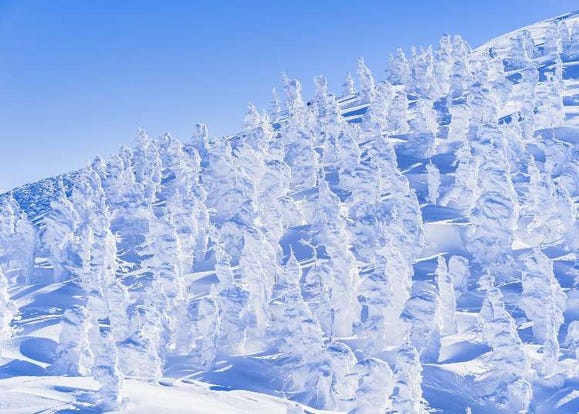
The Snow Monsters of Zao: Journey Among Yamagata’s Winter Wonders
-
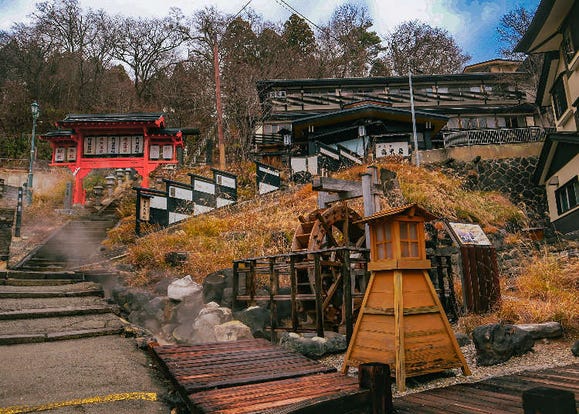
Plan Your Visit to Zao Onsen (Yamagata) - A Comprehensive Guide
-

Explore Tohoku in Winter With 5 Budget-Friendly Travel Passes (Local Recommended!)
-
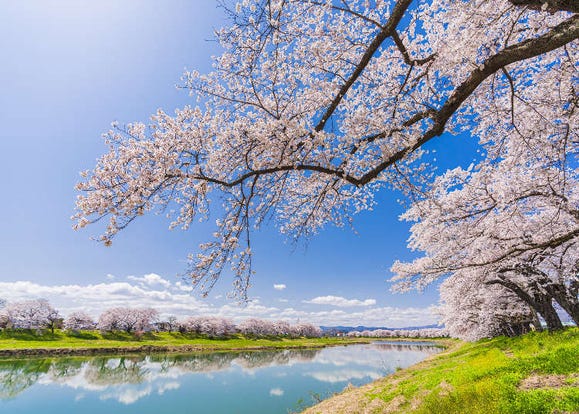
10 Beautiful Places in Miyagi to See the Cherry Blossoms
-
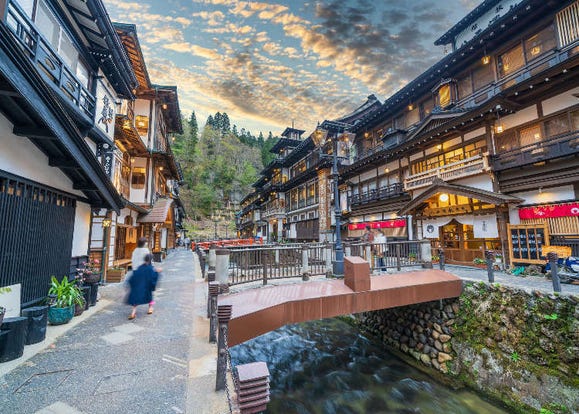
Dreamy Japan: 5 Scenic Onsen Towns in Yamagata Prefecture
-
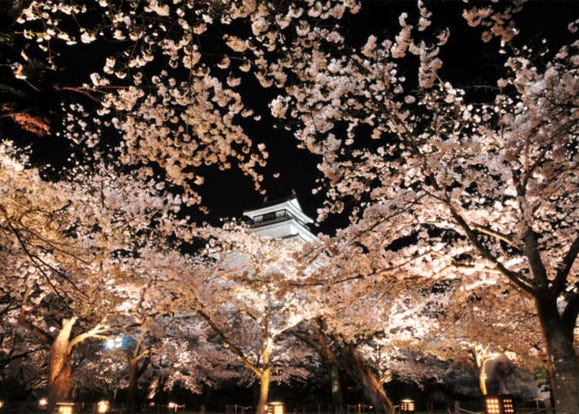
10 Cherry Blossom Festivals to Enjoy in Japan's Tohoku Region in 2024
-
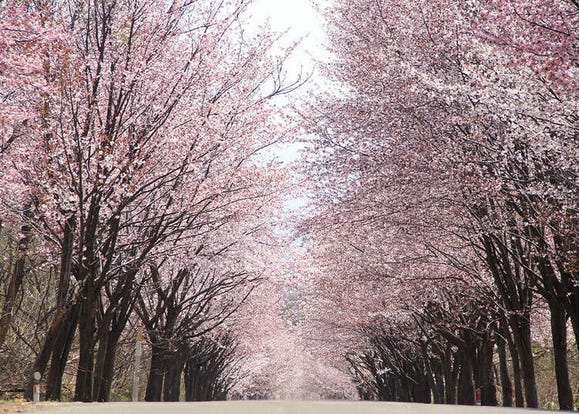
20km Cherry Blossom Tunnel! Japan’s Mt. Iwaki Has “The World's Longest Cherry-Lined Road”
-
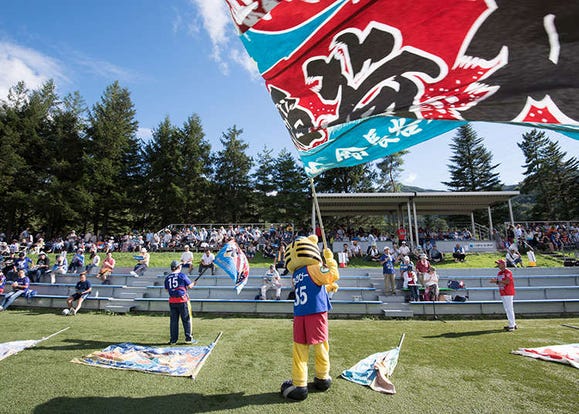
Kamaishi Japan: Kamaishi Unosumai Recovery Stadium and Sightseeing Spots in Japan’s Rugby Town
-
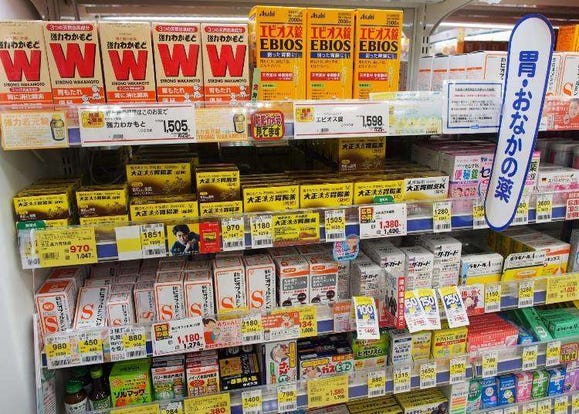
Complete Guide to Buying Japanese Medicine in Japan: Phrases and Vocabulary You Need to Know
-
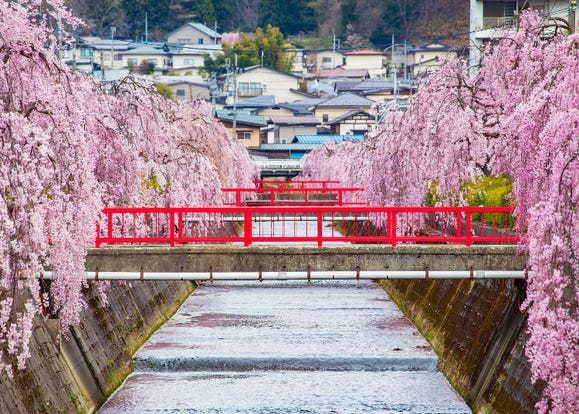
10 Breathtaking Places in Yamagata to See the Cherry Blossoms
-

Because Tokyo is Too Crowded: 15 Cherry Blossom Spots in Tohoku, Northern Japan (Blooming: Late April 2024)













